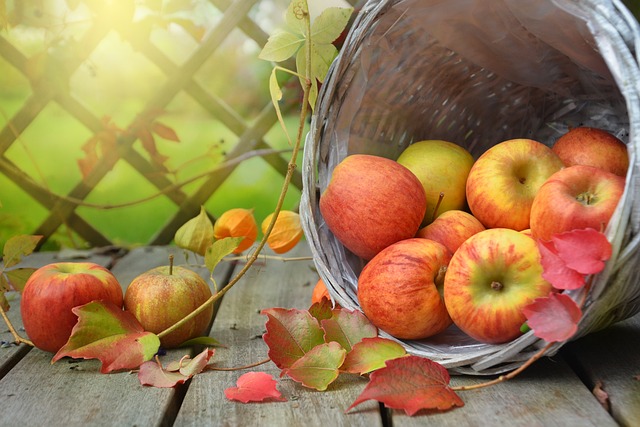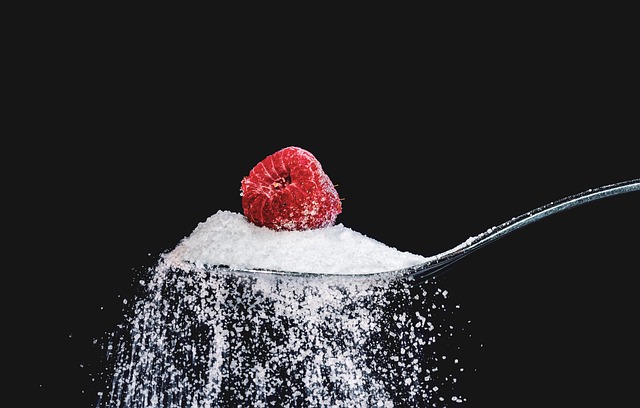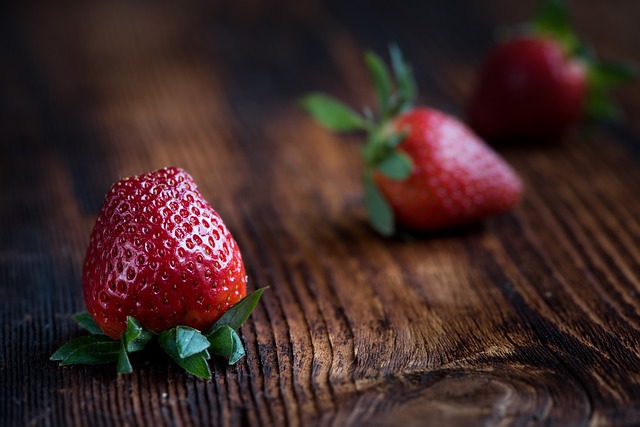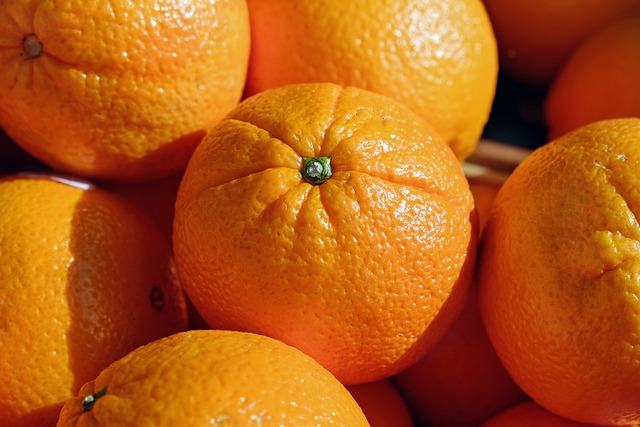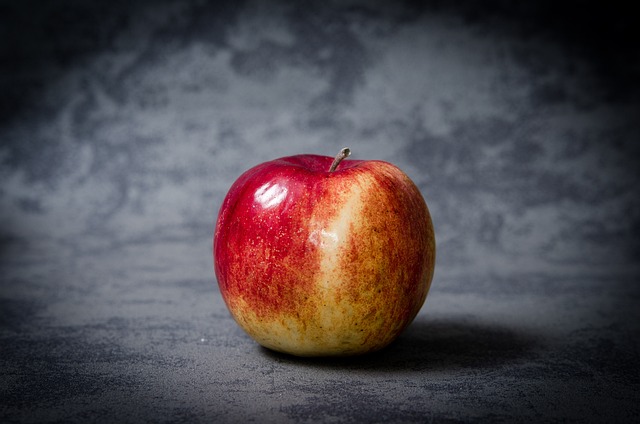From Farm to Fermentation: Exploring Different Types of Probiotic Foods
In recent years, there has been a growing interest in probiotic foods and their potential health benefits. Probiotics are live bacteria and yeasts that are good for your digestive system. They help maintain a healthy balance of bacteria in your gut, which is essential for overall well-being. While many people opt for probiotic supplements, there are various types of probiotic foods that can provide the same benefits and more. In this article, we will explore some of these foods and how they are made, starting from the farm to the fermentation process.
Yogurt
Yogurt is perhaps one of the most well-known probiotic foods. It is made by fermenting milk with live bacteria cultures, mainly Lactobacillus bulgaricus and Streptococcus thermophilus. The bacteria convert the lactose in the milk into lactic acid, giving yogurt its tangy flavor and creamy texture. These bacteria, along with any additional probiotic strains added, help promote a healthy gut. When buying yogurt, make sure to look for labels that indicate the product contains live and active cultures.
Kefir
Kefir is a fermented milk drink that originated in the Caucasus Mountains. Similar to yogurt, kefir is made by adding kefir grains to milk. These grains are not actual grains but rather a combination of bacteria and yeast that form a symbiotic culture. The kefir grains ferment the milk, resulting in a tangy and slightly effervescent beverage. Kefir is known for its high probiotic content and is especially beneficial for promoting gut health. It is also a great source of calcium, protein, and B vitamins.
Sauerkraut
Sauerkraut is a traditional German dish made from fermented cabbage. To make sauerkraut, finely shredded cabbage is mixed with salt and left to ferment for several weeks. During fermentation, lactic acid bacteria naturally present on the cabbage convert the sugars into lactic acid. This process not only preserves the cabbage but also creates a tangy and crunchy probiotic-rich side dish. Sauerkraut is a great source of vitamins C and K, as well as other beneficial compounds like antioxidants and fiber.
Kimchi
Kimchi is a spicy fermented cabbage dish that hails from Korea. While similar to sauerkraut in terms of the fermentation process, kimchi has its own unique flavor profile. In addition to cabbage, it often includes a variety of vegetables like radishes, carrots, and scallions, as well as spices like chili powder and garlic. The fermentation process gives kimchi its signature tangy and spicy taste. Apart from being a delicious side dish, kimchi is loaded with probiotics and also contains vitamins A, C, and K.
Miso
Miso is a traditional Japanese seasoning made by fermenting soybeans with salt and a fungus called Aspergillus oryzae. The fermentation process can take anywhere from a few weeks to several years, resulting in different flavors and colors of miso. This versatile ingredient is commonly used in soups, marinades, and dressings. Miso is not only rich in probiotics but also contains essential amino acids, vitamins, and minerals.
Conclusion
Probiotic foods offer a natural and delicious way to support your gut health. From yogurt and kefir to sauerkraut, kimchi, and miso, there are numerous options to choose from based on your taste preferences. Incorporating these probiotic-rich foods into your diet can help maintain a healthy digestive system and contribute to your overall well-being. So, why not embark on a culinary journey from farm to fermentation and discover the wide world of probiotic foods!

